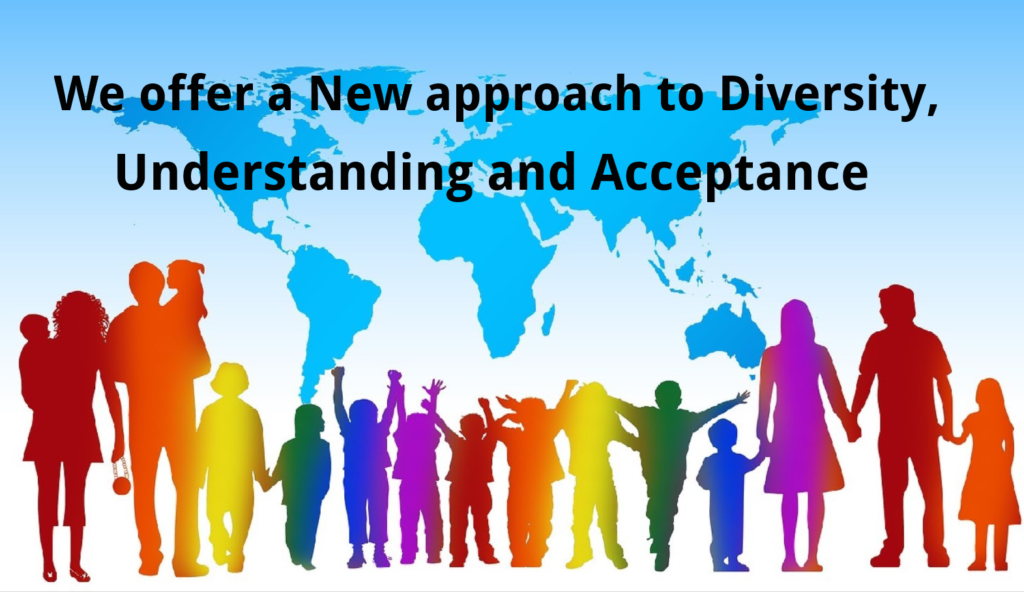Police Relations
We all want our Cities to be Safe, and the Police are tasked with that demanding and sometimes unrewarding responsibility. In some communities we need to re-establish a positive relationship between these brave men and women and the people they serve.
ADR-New Beginnings supports and wishes to partner with our police departments and believes our Gatherings program is the perfect vehicle to bring us together. All we seem to see and hear in the news suggests the police need to be re-trained, new saftey rules are needed to protect the citizens and everything is law enforcement’s fault. We offer a New Beginning. Just as our Gatherings Program is designed to bring understanding and acceptance between students, the same is true for our Police. We make perfect partners because the PAL is an organization that works with groups of young adults in fun and interesting activities – Just Like Us! They offer an experience and knowledge which will be invaluable to our programs.
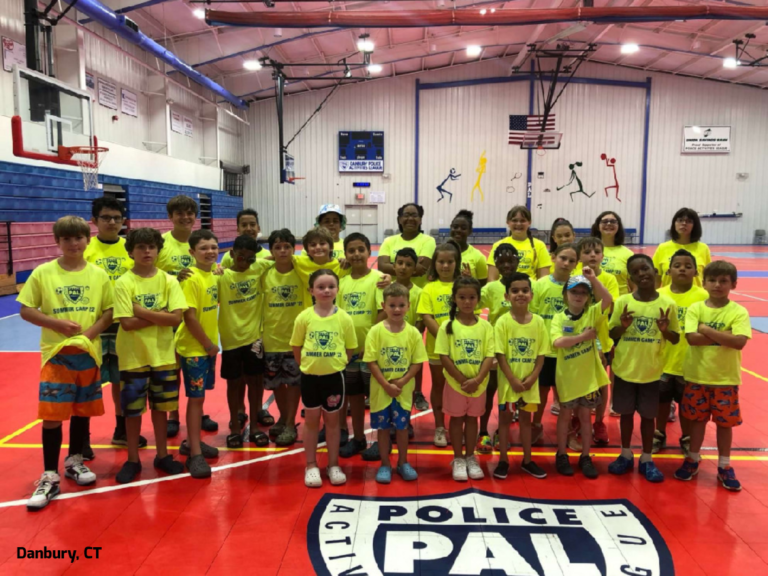
These articles are not supposed to cause you to run out and tell the police you know what they should do. They are offered to give you some insight into what the police might do in order to establish better community relations. If we understand what they are doing we can support their effort and end up with a better community.
As a country we need to find ways to bring law enforcement and citizens of all races together and reestablish the trust and respect necessary to ensure equal justice for all; and without equal justice there can never be Peace and Prosperity for all our citizens. Our programs are well suited to be a starting point because we can work with local Police PAL chapters and include them in Gatherings and Pathways.
Help Police Officers Re-Gain the Public Trust
This article from justice.gov discusses why it is important to have a strong relationship of trust between police agencies and the communities they serve, because it is critical to maintaining public safety and effective policing. Police officials rely on the cooperation of community members to provide information about crime in their neighborhoods, and to work with the police to devise solutions to crime and disorder problems. Similarly, community members’ willingness to trust the police depends on whether they believe that police actions reflect community values and incorporate the principles of procedural justice and legitimacy. From Justice.gov https://www.justice.gov/file/1437336/download
This is a racial issue, from Gallop News. So much recent “police news” has been so negative that even the most ardent Police supporters must agree that the agency needs to move forward with strong action and build back the trust of its citizens. There are some bad police, but the vast majority are good, hardworking people who put their wellbeing on the line to protect us from harm every day. They are true heroes. We cannot have a fragmented society where one group feels they can depend upon law enforcement, and another is afraid of them. We must accept this a racial issue.
A comment from the Editor: We cannot expect the police officers to easily or freely offer help to people they believe distrust and even hate them. We must accept that we have a responsibility to our children to make police treatment equal for all Americans and give the police the respect and admiration they deserve. We can do this by adding police activities to our Gatherings program.
The Pew Research Center’s annual survey for confidence in the Police has remained around 50% for the past ten years, although it declined in 2020 to 48%, as would be expected because of the events during the summer of that year. ADR-New Beginnings believes one answer is better understanding between police and the general public. Our programs offer one such solution. https://news.gallup.com/poll/1597/confidence-institutions.aspx
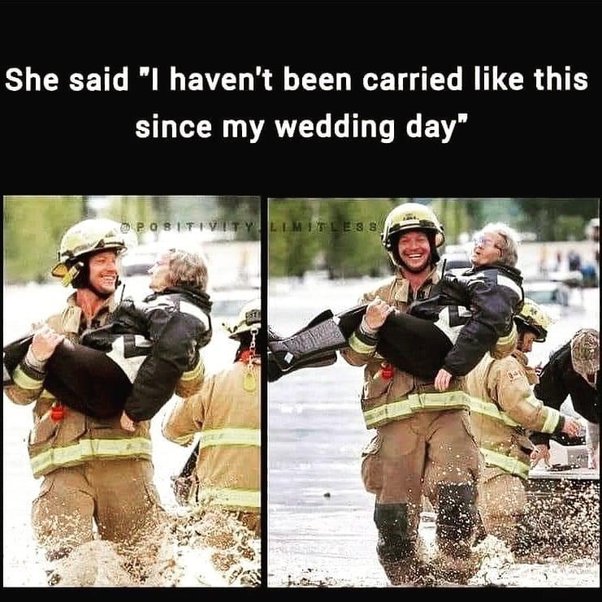
Identify the Problems
These are a few of the things we know about race and policing in the U.S.; from The Pew Research Center, June 3, 2020: https://www.pewresearch.org/fact-tank/2020/06/03/10-things-we-know-about-race-and-policing-in-the-u-s/
Majorities of both black and white Americans say black people are treated less fairly than whites in dealing with the police and by the criminal justice system as a whole. In a 2019 Center survey, 84% of black adults said that, in dealing with police, blacks are generally treated less fairly than whites; 63% of whites said the same. Similarly, 87% of blacks and 61% of whites said the U.S. criminal justice system treats black people less fairly.
Black adults are about five times as likely as whites to say they’ve been unfairly stopped by police because of their race or ethnicity (44% vs. 9%), according to the same survey. Black men are especially likely to say this: 59% say they’ve been unfairly stopped, versus 31% of black women.
Nearly two-thirds of black adults (65%) say they’ve been in situations where people acted as if they were suspicious of them because of their race or ethnicity, while only a quarter of white adults say that’s happened to them. Roughly a third of both Asian and Hispanic adults (34% and 37%, respectively) say they’ve been in such situations, the 2019 survey found.
Black Americans are far less likely than whites to give police high marks for the way they do their jobs. In a 2016 survey, only about a third of black adults said that police in their community did an “excellent” or “good” job in using the right amount of force (33%, compared with 75% of whites), treating racial and ethnic groups equally (35% vs. 75%), and holding officers accountable for misconduct (31% vs. 70%).
We all agree there is a need to address the way the police are viewed, as well as address the issues in the system: But we have not found the way – we need a new approach and ADR-New Beginnings offers one possible solution.
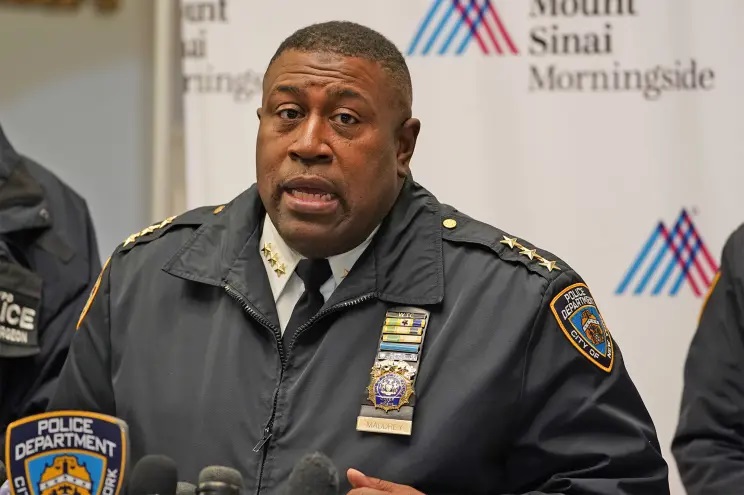
What One Person is Doing:
NYPD Chief of Community Affairs talks about accountability and building public Trust
BY ANGI GONZALEZ NEW YORK CITY April 24, 2021
https://www.ny1.com/nyc/all-boroughs/public-safety/2021/04/24/nypd-s-chief-talks-about-building-public-trust
Chief Jeff Maddrey heads up the NYPD’s Community Affairs Bureau. After 30 years with the department, however, Chief Maddrey would still rather be out and about in the community. “This is what Community Affairs is all about going out into the community being a resource,” said Chief Maddrey. He said, even with the pandemic, that his officers have been out working to build relationships between the public and NYPD. What people may not realize, Maddrey said, is there isn’t always a camera there to document all the good things that they do to help the community and offer support.
“We’re bringing hundreds of boxes of food to families who have food insecurities,” Chief Maddrey said.
He is well aware that events around the country may not have happened in NYC but they may still have an impact on people’s perception of the NYPD. “So I think when things happen in other states it kinda reminds people of some of the challenges we’ve had here in the past,” Chief Maddrey said. He is open to hearing their input but admits some of what he’s seen and heard protestors say does hurt.
“This community deserves change, this community deserves a police department that treats them with respect and dignity, and this police department deserves a community that gives them the same thing right back. In fact, since the protests last summer, he said the NYPD Community Affairs now plays an important role in ensuring that protestors can feel heard. “We try to get before the protest even starts, we try to make a connection with people. It doesn’t always work. Some protestors don’t want to talk to us,”.
He said that arresting protestors is only a last resort and something they only pursue when they violate the rights of others. “We are trying to use a high threshold to just show respect and empathy for our communities but there comes a time too when someone crosses the line and someone is harmed or something is destroyed we have to take action,” said Chief Maddrey. Chief Maddrey encourages those passionate about police reform to be part of the process. The NYPD is currently hiring and members of the public can participate in a wide variety of events and forums, to make sure their concerns are addressed.
“The People’s Police Academy is a community based, a community centered training effort where members of the community actually train the police officers about their community,” said Chief Maddrey. It’s those opportunities where he and members of the department try to build on the positive interactions that the public have with police.
“This is how the trust really is earned. The trust doesn’t come first, it’s getting to know each other and that’s where the trust comes,” said Chief Maddrey
Update: Chief Maddrey back in one of NYPD’s top spots after being named Chief of Patrol
By Craig McCarthy May 27, 2022
NYPD Chief Jeffrey Maddrey is back at one of the department’s most prestigious posts after being moved out of the spotlight just four months ago, The Post has learned. Maddrey on Friday was named Chief of Patrol, a key spot in the NYPD’s executive ranks, replacing Chief Kathleen O’Reilly, who had only been in the post since January, according to a departmental memo obtained by The Post.
Sources had told The Post Maddrey has been eyeing his new assignment since before Mayor Eric Adams was sworn in — and bragged to members of the department after the election that the job was his under a new administration. “Chief Maddrey is one of the best-known leaders in the NYPD and he has managed to blend his talents as an effective crime-fighter with his deep passion for community policing in a way that has touched so many police officers and citizens,” NYPD Commissioner Sewell said in a statement.
We at ADR-New Beginnings applaud the promotion and know NYC residents will greatly benefit from this move.
Nick Borges as of August 22, 2022, is the Police Chief for the Seaside (California) Police Department. He has been with the department for 19 years and has served as a field training officer, detective, corporal, sergeant, commander, deputy chief and SWAT commander. Chief Borges is a graduate of the FBI National Academy, session 277.
From the Editor: Nick has published some amazing articles in Police1, that we believe deserve study; this is one of them. Examples of how to reconnect with the communities the police serve.
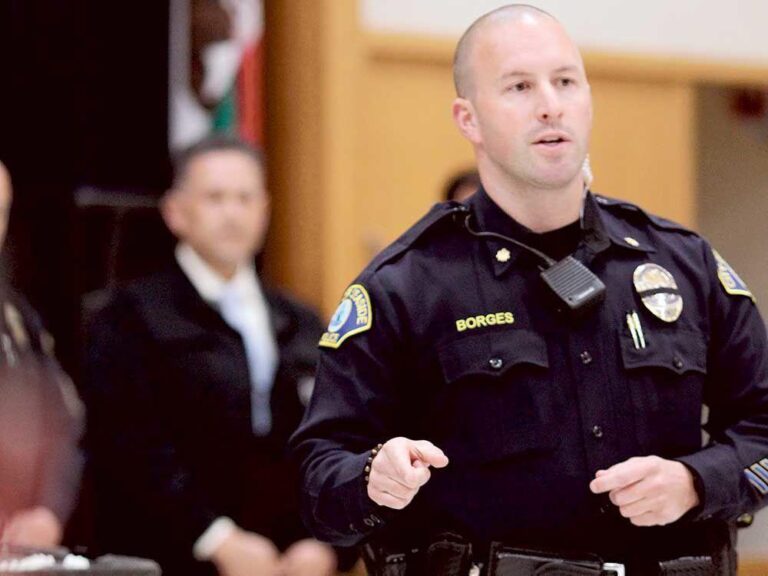
Police1 is the only site to confirm the law enforcement status of all members, creating a trusted and safe community for the exchange and discussion of key law enforcement issues, including breaking news, top products and important officer safety strategies. More than 90 percent of law enforcement agencies in California are Lexipol clients.
How to establish community TRUST September 14, 2021 https://www.police1.com/community-policing/articles/how-to-establish-community-trust-1BZFZlmyujjaIP0v/
I strongly believe that community partnership is by far the most successful crime reduction tool we have. But to develop a healthy relationship with all members of the community, police agencies must first earn the trust of their communities. Establishing community trust first begins with input from stakeholders, accounting for and responding to each neighborhood’s unique cultural and socio-economic dynamics. The acronym TRUST identifies several critical components that are designed to strengthen law enforcement’s relationship with our communities.
TRANSPARENCY
A TRUST program should invite civilian community leaders or citizens to participate in the oral board phase of the selection process for hiring new officers. This allows for community members to see and interact with potential police officer candidates, as well as learn what their department is looking for in a police officer. It empowers community members by including them in determining who is selected to police their neighborhoods. Police departments should also invite community members to public demonstrations of new equipment and practices such as what to do during a traffic stop. Citizen police academies allow for your organization to meet with community members on a regular basis and inform them on various aspects of how and why we operate. I would suggest agencies consider academies with alternate languages that are appropriate to each jurisdiction.
Finally, we must be transparent with our police policies through sharing information on social media and other outlets. We do not need to compromise officer safety by sharing procedural tactics, but general orders are important to share with the public.
RECEPTIVENESS
We can never adequately serve our community unless we understand their perceptions. To be receptive is to be open-minded and willing to listen to other points of view. This can be accomplished through quarterly, bi-annual, or annual listening sessions. Listening sessions can be hosted at a community center, faith-based facility, school, or any other neutral location that is welcoming to your respective community. These can also be done virtually.
These sessions should be exactly what is in the title: listening. It is the community’s opportunity to have a voice on any topic, concern, idea, or complaint they choose. The role of the police is to hear them. I have found these sessions to be very useful in making minor changes that have major positive impacts for our community. I am confident it will do the same for you.
UNITY
To truly endorse and inspire our positive non-enforcement interaction, we should start by reviewing and restructuring our performance evaluations. While nearly every agency uses a different evaluation system, I can say we fail to emphasize non-enforcement activity during performance reviews. Why not fully embrace and encourage concepts through performance reviews so staff can discern exactly what they are required to accomplish? For starters, evaluation criteria could encourage and monitor positive non-enforcement interaction such as:
- Regular business contacts and positive, non-enforcement interaction.
- Participation in community-based projects, outreach, and/or other activity related to enhancing community relations.
Hosting Open House events provides the public an opportunity to visit with your officers. (Photo/Nick Borges)
To further unite your organization with your community, embrace a volunteer program. Consider coordinating with schools in your district. Many high schools require students to achieve a certain amount of community service hours to graduate. Volunteer programs within your agency can assist them while simultaneously establishing healthy relationships. Another program that provides a platform to interact with our youth is the Police Activities League (PAL). The PAL program allows for staff to become involved with coaching and mentoring the youth in a variety of sporting activities.
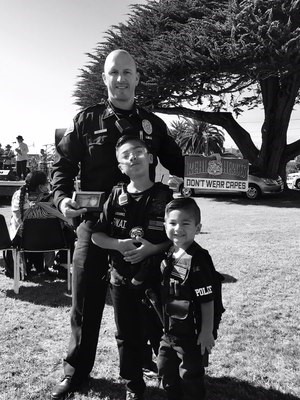
The Boston police department invested in an ice cream van to bring ice cream to underserved communities. My agency took this idea and established a caravan-style vehicle that drives through our community and hands out healthy food snacks, sports equipment and school supplies to our youth. These actions not only serve as community outreach for our youth, but they also send a powerful message that our police promote healthy living, positive activities and higher education.
Uniting with our youth, parents and schools should be a priority. Several years ago, my community experienced a spike in gang violence. Our officers reached out to the families of those impacted by gang violence, ex-gang members and community leaders. Together, we held a peace summit at the local schools. It was very impactful and enhanced relational building between our staff and all involved. Partnering with those who have made changes in their lives and want to help others is a powerful experience that we should embrace. Creating a peace summit with local experts brings the community together.
Shift projects are another way to inspire patrol teams to engage in opportunities to unite with the community to resolve problems. Each patrol shift should identify a community-based shift project at the beginning of each shift rotation with a focus on one of the following:
- A charity that benefits a group or individual within our community.
- Youth outreach (coaching, mentorship, presentations, etc.).
- Community problem-solving and/or criminal activity resolution.
- Community partnership program.
This platform makes officers feel heard and creates an environment of participation and even a little healthy competition among shifts. It is okay to have some fun, so long as we are working to enhance public safety and relationships. Shift projects allow for our line-level experts to think outside of the box and develop creative community policing measures that administrators often overlook.
SERVICE: When appropriate, police personnel should follow up with victims and/or citizens that come to us for assistance to see how they are doing and determine if there is anything else we can do to assist.
It is also critical that we facilitate unfiltered feedback on how we are doing, which can be obtained through companies that provide survey services, free online surveys, or community meetings. I often receive follow-up surveys for services I engage in, yet this is not required in the law enforcement profession. This should be a professional standard for all agencies. We need to hear from our communities how they perceive our performance. Just like you see the “How is my driving?” stickers on the back of a public sector company vehicle we should have a similar sticker on our squad cars that asks, “How is my policing?” with a phone number to the watch commander’s office.
Finally, we often forget that celebrating our employees and citizenry are significant motivators. People appreciate acknowledgment for doing good things. Establish quarterly employee recognition awards for actions taken by your staff when they have positive impacts on your department and community. We know this is a motivator and encourages others to engage in similar actions. You could also extend the recognition and award your citizens for actions that also contribute to a safe and healthy community.
TRAINING: Community relations training should be incorporated into your FTO programs so new police officers can begin their careers with a solid foundation in community-oriented policing. FTOs cover a broad spectrum of topics to pave a path of success for our police officers and the earlier we train, the easier it will be to maintain the culture years later. We should include scenario-based training focusing on treating people with dignity and respect, being neutral and transparent in decision-making, conveying trustworthy motives, and being receptive during contacts. In addition, part of the FTO program should include meeting members of our community, as it relates to self-initiated activity. We need to shape a culture of getting to know people in positive encounters at the earliest stages of policing as possible.
CONCLUSION: Law enforcement cannot effectively address public safety problems alone. To be successful, we must philosophically change our approach and incorporate authentic community policing throughout all levels of our organizations. I believe community policing is defined as a partnership between police and the community, working together to solve problems and enhance public safety by way of building trusting relationships. We must not lose focus of that. Following the TRUST model is one way to transform your law enforcement organization into a fully unified, community policing agency.

